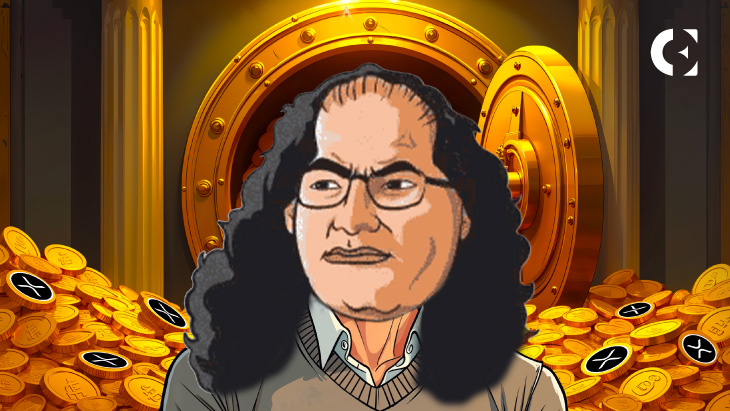- David Schwartz has explained how validators work on the XRPL.
- Validators’ primary function is to resolve the double-spend problem.
- No one can use the XRPL to execute an initial token distribution.
Ripple’s CTO, David Schwartz, has explained how validators work on the XRPL, clarifying the decentralization protocol of its blockchain network. Schwartz’s response came during a debate sparked by Bitcoin advocate Pierre Rochard, who questioned XRPL’s role in a potential US digital asset stockpile.
Decentralization Debate: Schwartz Responds to Rochard
Pierre Rochard accused XRPL of lacking decentralization, claiming Ripple could fork the ledger, add trillions of XRP, or remove escrow locks at will. Responding to Rochard, Schwartz downplayed the allegation, noting that even the Bitcoin network is prone to unrestricted forking, and anyone can modify it to remove the 21 million coin limit.
Related: US Crypto Reserve Debate: Bitcoin or Altcoin Inclusion?
In the meantime, Schwartz seized the opportunity to explain how validators operate on the XRPL. He clarified that validators resolve the double-spend problem, ensuring accurate transaction processing every five seconds. Unlike some networks, XRPL validators do not receive incentives but play an essential role in maintaining the ledger’s stability.
Schwartz stated that validators on the XRPL carry out their functions without incentivization. Nonetheless, they play a crucial role in ensuring the network’s stability. Without a way to solve the double-spend problem, disagreement over who holds what would eventually destroy the system.
He emphasized that without validators solving the double-spend issue, disputes over account balances could destabilize the system entirely.
Protection Against Validator Collusion
Schwartz also addressed potential threats to the XRPL, such as validator collusion. He acknowledged that if enough validators failed to agree on transactions, the ledger could face disruption. However, he explained that XRPL nodes can select trusted validators, creating a safeguard against such risks.
Related: Trump’s Crypto Reserve Sparks Debate: XRP or Just Bitcoin?
In defense of XRPL, Schwartz highlighted two core benefits of the ledger. First, it prevents anyone from using the network for initial token distributions, ensuring fairer operations. Second, XRPL benefits from broad agreement among participants resolving double-spend issues, which strengthens its reliability as a decentralized ledger.
Disclaimer: The information presented in this article is for informational and educational purposes only. The article does not constitute financial advice or advice of any kind. Coin Edition is not responsible for any losses incurred as a result of the utilization of content, products, or services mentioned. Readers are advised to exercise caution before taking any action related to the company.







